
OR
“Resilient recovery requires investing in new growth opportunities that build overall resilience to future shocks”
Published On: August 25, 2020 08:25 AM NPT By: Republica | @RepublicaNepal
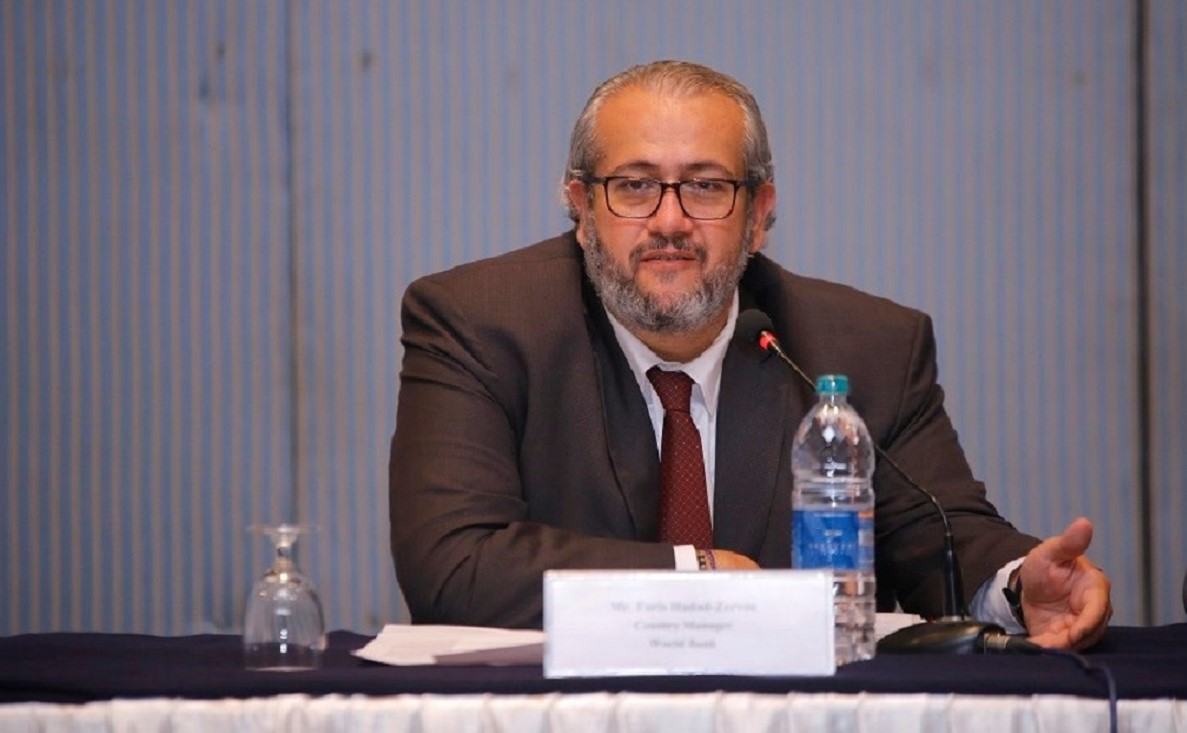
COVID-19 is already wreaking havoc on the economy which was on the course of following a trend of substantial growth. After expanding at an average of 7.3 percent for three consecutive years, the economic growth is estimated to have slumped to 2.27 percent in the last fiscal year 2019/20 as the coronavirus pandemic started to hit almost every sector of the economy in the last quarter. The situation in the current fiscal year 2020/21 is likely to get worse. The World Bank Group recently launched its Nepal Economic Update, a biannual report on key economic developments in Nepal, proposing an economic framework to chart Nepal’s emergence from the crisis.
In an email interview with Republica, Faris Hadad-Zervos, World Bank Country Director for the Maldives, Nepal and Sri Lanka, explains the framework along with other issues like the World Bank’s support to Nepal and how the government should manage its resources during this crisis:
The World Bank’s latest Nepal Development Update (NDU) projects Nepal’s economy to grow by 2.1 percent in the current fiscal year 2020/21. But this projection seems to be based on the assumption that the infection curve will start to flatten and lockdown will be eased during the year. Do you think we can still expect this? Or, are we heading toward the scenario of a sharp contraction?
While it is currently too early to confirm if there will be a contraction and by how much for FY2021, the NDU does note the possibility of a contraction (depending on the trend in infection rates). This is included in our downside scenario and the contraction could be as much as 2.8 percent. The economy is opening up albeit slowly, and ongoing social distancing (even with an opening up of the economy) coupled with increasing infection rates within the Kathmandu Valley (which accounts for a significant amount of total economic activity for Nepal) could lead to a slower growth rate in FY2021.
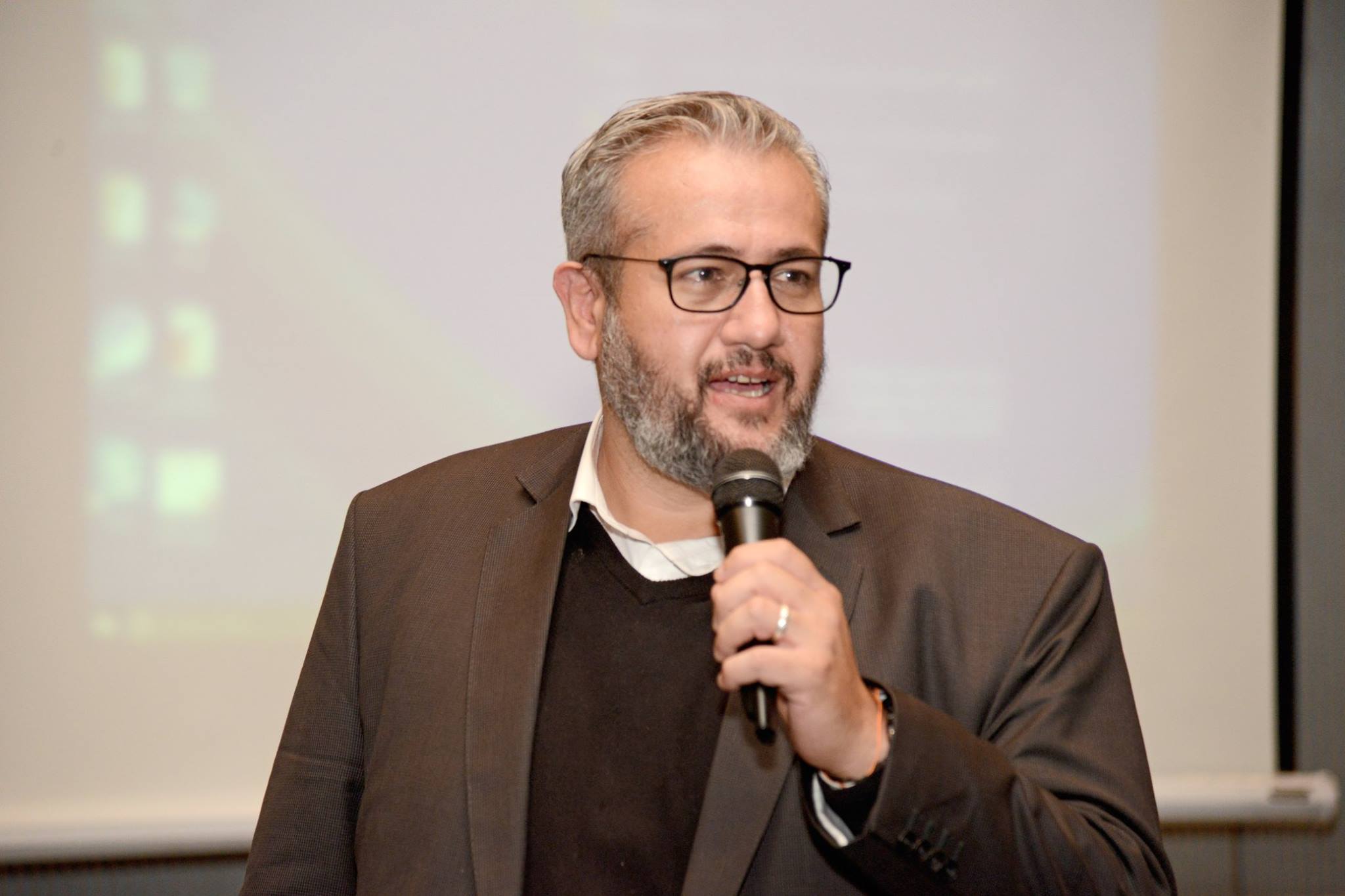
In the Update, you have proposed a framework for growth and resilience in a post-pandemic world. Can you please briefly explain what that framework looks like and how that helps Nepal?
The government has undertaken some immediate relief measures and is currently undertaking analytical work to identify measures to mitigate the shocks to the economy and livelihoods from the pandemic. The framework outlined in the NDU would support the government in its effort to adopt reforms to restructure and promote a resilient recovery. This would be structured around four pillars, over the immediate to medium to long-term.
Pillar 1- Save lives and contain the pandemic; it is therefore focused on health measures
Pillar 2 - Social measures including social protection support and ensuring children get the schooling needed and skills development
Pillar 3 - Support to firms that will be critical in order for economic recovery to take place.
Pillar 4 - Cross-cutting priority measures to ensure macroeconomic sustainability, to make essential infrastructure services green, and investments to scale up digitization and the digital economy to support e-commerce and online service delivery.
Reforms in these areas could be phased from the relief stage, building on the ongoing government efforts to contain the pandemic, through the restructuring of social/health services, firms to be aligned with the changed economic behavior after the pandemic. Resilient recovery will require investing in new growth opportunities that build overall resilience to future shocks, with focus on green growth. Implementing this framework will help put Nepal back onto a sustainable growth path.
The government is under pressure to increase its spending on relief and recovery efforts. But without improvement in revenue, the government will have to rely on debt. Shouldn’t it be a cause of concern for the country where the risk of debt distress has so far remained very low?
The government has recently adopted measures under the FY2021 budget which will help increase revenue by an estimated 22 percent (compared to FY20 budget). In addition, our current assessment of Nepal’s Debt Sustainability that includes the impact of COVID-19 continues to place Nepal at low risk of debt distress (even under the most extreme shock scenario with the fiscal deficit increasing by 2.9 percent of the GDP). Nepal can therefore take on a bit more debt while still maintaining its low risk of debt distress rating.
With all sources of foreign currency earning like remittances, tourism and exports drying up, how difficult will it be for Nepal to manage its payment position?
Nepal’s balance of payment position remains stable. The key variable is remittances (which we project to decline as a share of GDP). However, imports (the major variable affecting the trade deficit and overall balance of payments) are also expected to decline significantly as a result of the effects of COVID-19. Therefore, we expect the overall balance of payment situation to remain stable, for now. The government is also seeking concessional financing to help support the external accounts/balance of payments and for investments to support growth.
Please give us an overview of the World Bank’s support to help Nepal strengthen its pandemic response. Can we expect a further increase in concessional financing from the World Bank?
The World Bank is supporting immediate response to the crisis via a US$29 million IDA credit for the Nepal COVID-19 Emergency Response and Health System Preparedness Project approved in April 2020, to strengthen national systems for public health preparedness in the country, and via a US$10.85 million Global Partnership for Education (GPE) COVID 19 Accelerated Funds to respond to COVID-19 impact on the school sector, expected to be approved in August 2020. In addition, the ongoing World Bank portfolio is being repurposed and restructured, thereby making US$310 million available for COVID-19 relief and recovery efforts. Also, more than US$100 million has been disbursed as advances from the three Program-for-Results operations. These represent approximately 18 percent of the total committed amounts. Lastly, through pipeline projects amounting to about US$720 million planned for this fiscal year, the World Bank will work closely with the government to ensure that the allocation of IDA-19 resources is in conformity with both COVID-19 related priorities and the Country Partnership Framework Focus Areas.
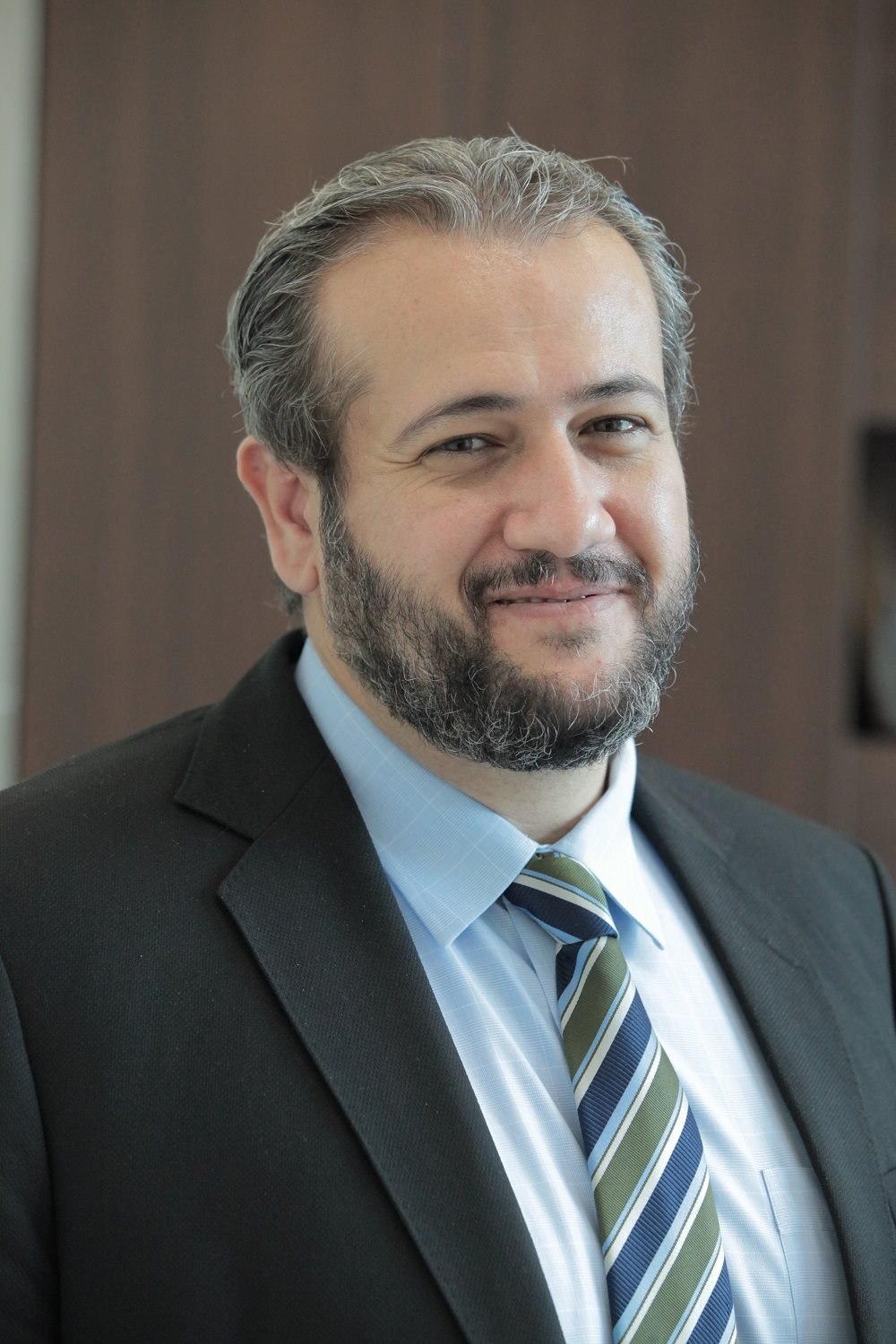
The pandemic has caused massive losses of jobs and livelihoods. The situation is worse in the informal sector. But, there has not been any effective response or intervention from the government yet. What should be done to minimize the impact on the livelihoods?
The government has been providing a range of support to respond to the loss of jobs and livelihoods, but much more could be done. The government has presented the Prime Minister Employment Program (PMEP) as the key intervention to support people who have lost their jobs or livelihoods. The government must therefore ensure PMEP systems are ready for registration and monitoring of the program and services being provided. It will be critical to ensure COVID-safe implementation of projects in cases where work can be provided. Should work not be available, the government could ensure all those already registered in PMEP get an emergency income support transfer. Given the difficulties in providing work at scale this fiscal year, PMEP can provide cash unconditional on work. It is encouraging to note that the government is committed to instituting mechanisms to expand the coverage of social protection schemes in the country to improve human capital, poverty reduction and to mitigate the adverse impacts of different shocks on the poor and vulnerable. Mitigation mechanisms such as the strengthening of the social protection system and creating the harmonization and interoperability of social protection programs can be implemented to support reaching overarching goals. International experience in countries such as Brazil, Chile, the Philippines and Turkey has shown that building the social protection system around foundational and functional systems is extremely important to promote resilience of populations while providing support to those in need to mitigate poverty and to protect them against falling into poverty. Cash transfer, vouchers or subsidy programs such as targeted health insurance and energy compensation programs can be in place, building on the systems developed for social protection programs to more effectively reach the poor and vulnerable. The World Bank is currently engaged in an active dialogue with the government on strengthening such systems, including the national social registry to help in the identification and inclusion of the poor and vulnerable, and the expansion of electronic payments through bank accounts (used to pay social security allowances).
The World Bank recently approved the Youth Employment Transformation Initiative project to help youths gain access to employment, skills development and capacity building opportunities. Is this a scope to leverage the support from this project to immediately help youths who lost their jobs or livelihoods?
As part of the World Bank’s COVID-19 response for this fiscal year, we have frontloaded our funding to help extend the number of youth who can get employment. We had originally planned to support around 30,000 most vulnerable young people (40in each Local Level) to access temporary employment of 100 days each; we have agreed to extend this to over 75,000 young people this fiscal year (100 in each Local Level). The project adds capacity and technical support to the PMEP team at the Ministry of Labor, Employment and Social Security and to each Employment Service Center at the Local Level to strengthen the ability to implement the intended support for young people.
How do you see the criticisms that the YETI project also drew for its alignment with the Prime Minister Employment Program that was into controversy over misuse of funds? Also there are those who think that the country should take credit or loans for infrastructure or transformative development projects that help in capital formation, not for projects for skill development or employment.
The World Bank’s investment in the Youth Employment Transformation Initiative (YETI) project focuses on enhancing the government’s programs and systems. In addition to supporting the government to provide opportunities to more of the vulnerable youth, it also intends to improve capacity, systems and processes, particularly management information systems, implementation capacity and monitoring mechanisms. In addition, as the World Bank processes require the government to provide financial reports to the Bank, it adds a level of further monitoring of the resources.
Investment in human capital is and must be recognized as critical for development. Human capital consists of the knowledge, skills and health that people invest in and accumulate throughout their lives, enabling them to realize their potential as productive members of society. Investing in people through nutrition, health care, quality education, jobs and skills helps develop human capital. Economic growth and development depend on both human capital and physical capital, and on the factors affecting productivity. Investments in these areas complement and reinforce each other. To be productive, a workforce needs physical capital, such as infrastructure, equipment, and a stable well-governed economy. In turn, a healthy, educated workforce can earn more and invest more in an economy’s physical capital.
How do you think Nepal can benefit from the Debt Service Suspension Initiative (DSSI) that the World Bank has been promoting?
Bilateral debt suspension is a powerful, fast-acting measure that can bring real benefits to people in poor countries, particularly countries that don’t have the financial resources to respond to the COVID-19 crisis. That’s why we urged bilateral creditors to offer debt service suspension to IDA countries; giving poor countries more financial resources to respond to the COVID-19 pandemic and fund critical, lifesaving emergency responses. The World Bank will help countries devise customized, fiscally-sustainable policy responses that support weathering the crisis in the short-term and economic recovery in the medium-term. The World Bank and other MDBs can best support the world’s poorest countries by maximizing the net flow of new resources on grant or highly concessional terms. The World Bank Group will deploy as much as $160 billion between April 2020 and June 2021. Between April and the end of June 2020, the World Bank committed $32 billion and disbursed a total of $17 billion — including $9 billion for the poorest countries. During that time, the Bank disbursed $4.7 billion to countries which are participating in the DSSI — nearly 10 times the $500 million in debt-service repayments it received from those countries. IDA terms are already highly concessional, and IDA builds debt relief into its assistance.
You May Like This
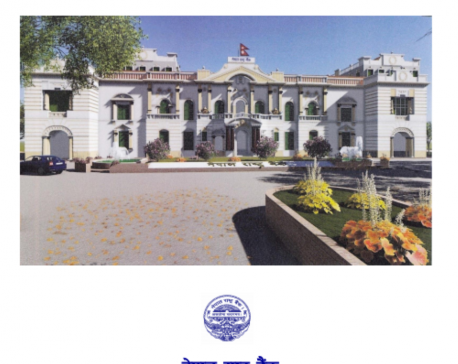
Second wave of COVID-19 could hit economic recovery from first wave hard: NRB
KATHMANDU, May 21: Industries have been affected largely by a heavy fall in market demand during the second wave of COVID-19... Read More...
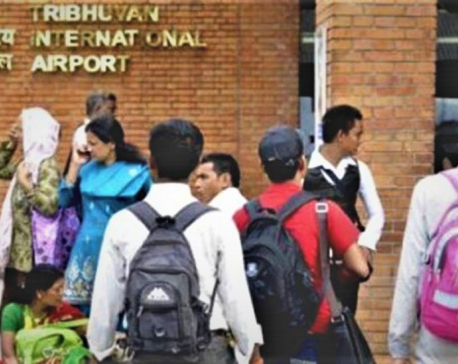
They can make a difference
With the COVID-19 pandemic bringing to a halt economic and broader development activity around the world, the World Bank has... Read More...
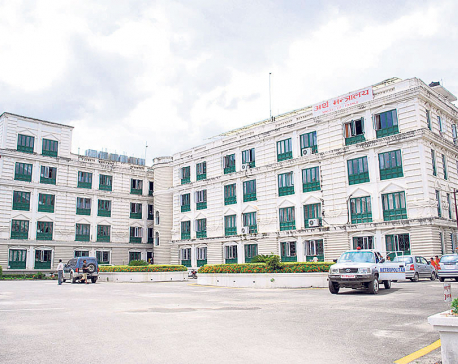
Govt tells banks to halt recovery of loans from businesses impacted by COVID-19 until mid-April
KATHMANDU, March 25: Banks and financial institutions (BFIs) will now halt the recovery of loan installment until mid-April (Chaitra end). Read More...




Just In
- CM Kandel requests Finance Minister Pun to put Karnali province in priority in upcoming budget
- Australia reduces TR visa age limit and duration as it implements stricter regulations for foreign students
- Govt aims to surpass Rs 10 trillion GDP mark in next five years
- Govt appoints 77 Liaison Officers for mountain climbing management for spring season
- EC decides to permit public vehicles to operate freely on day of by-election
- Fugitive arrested after 26 years
- Indian Potash Ltd secures contract to bring 30,000 tons of urea within 107 days
- CAN adds four players to squad for T20 series against West Indies 'A'














Leave A Comment